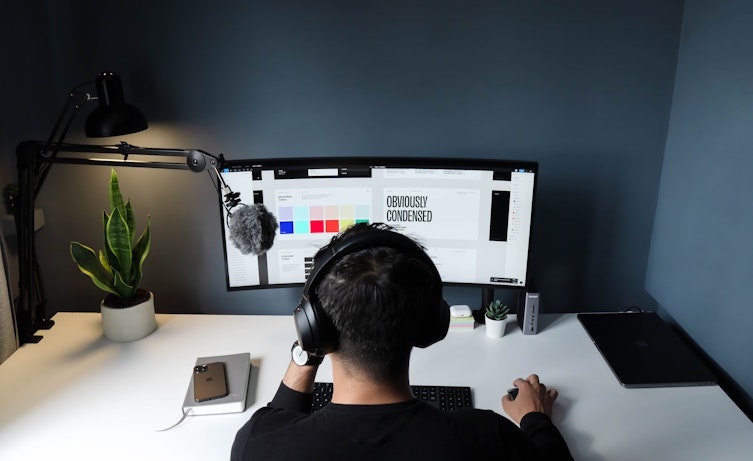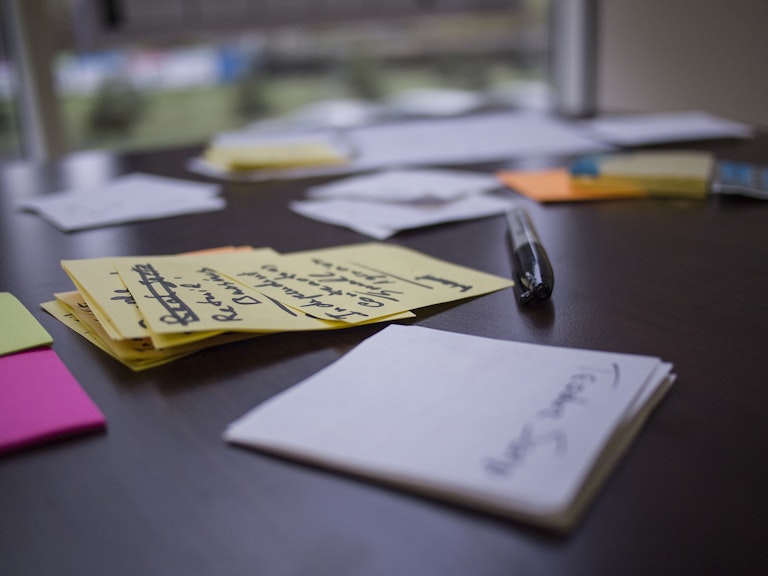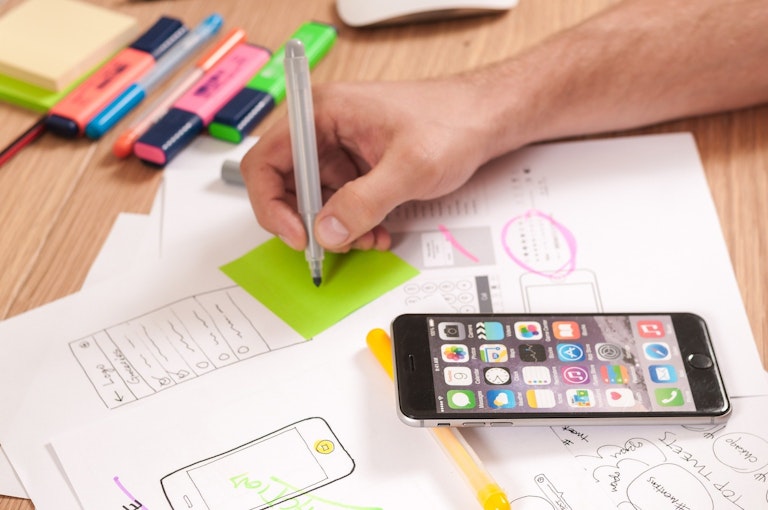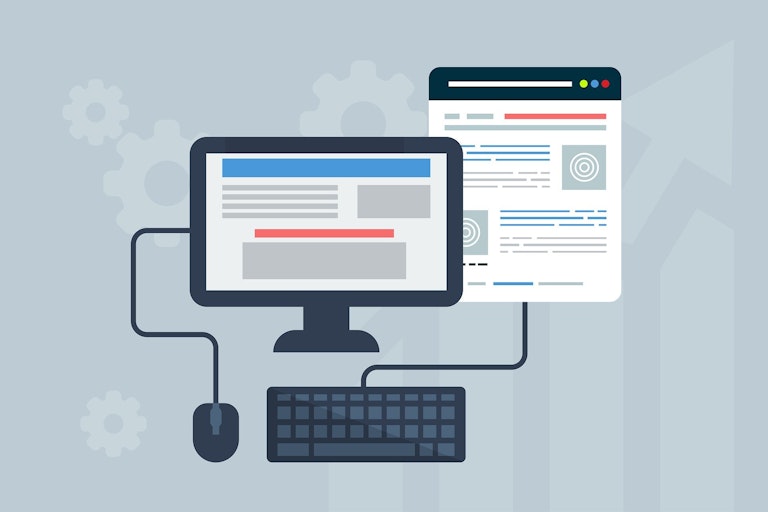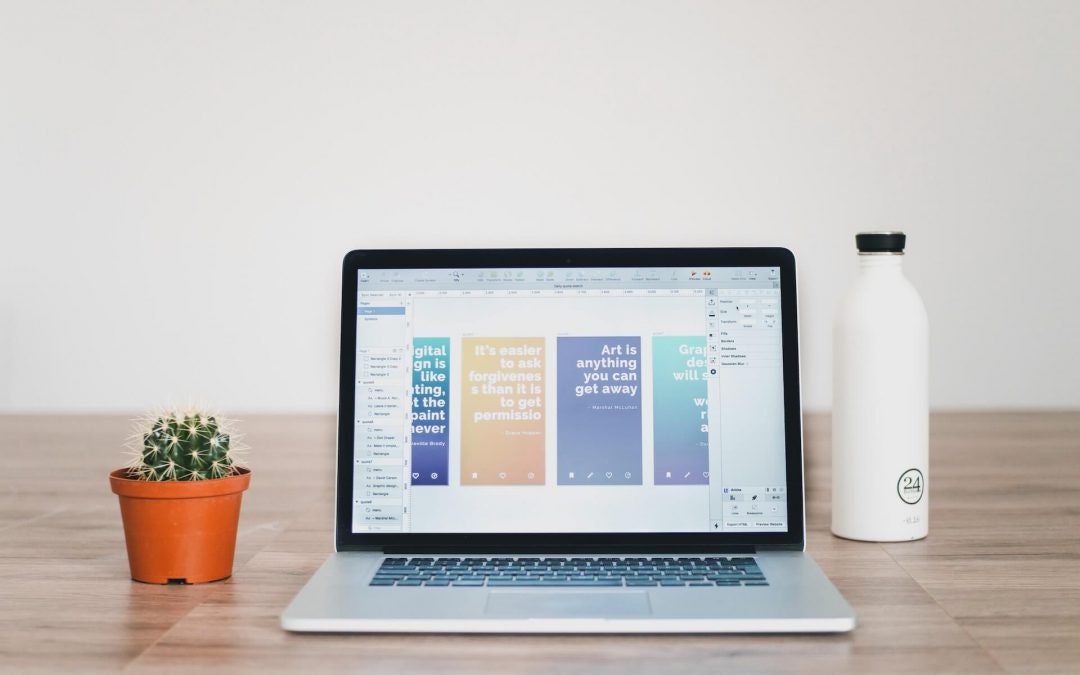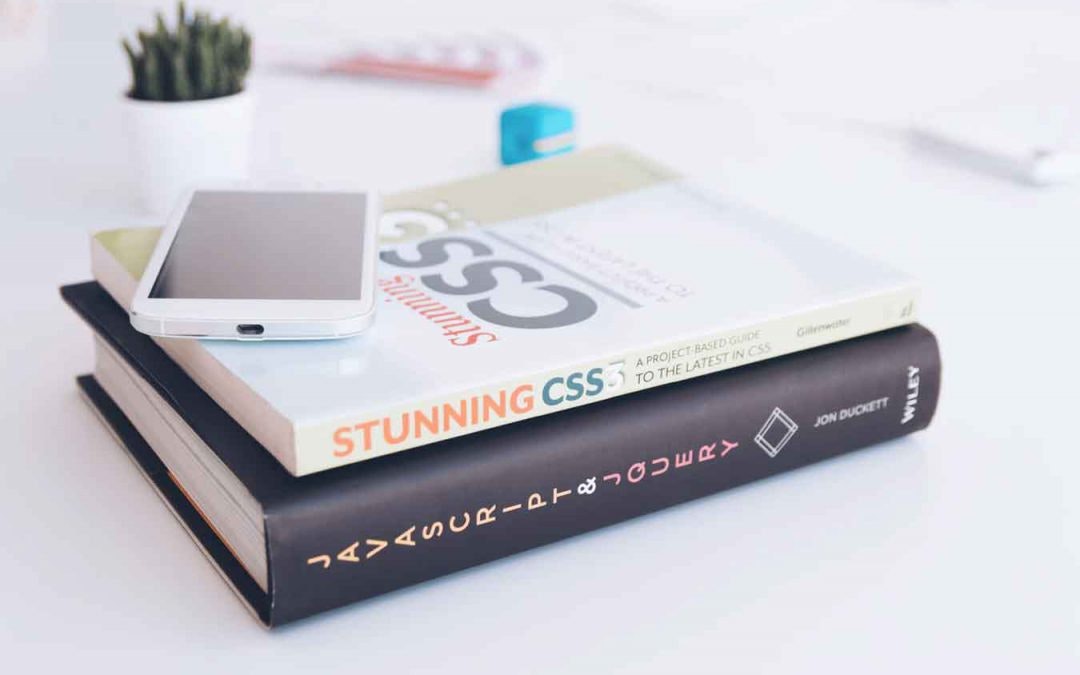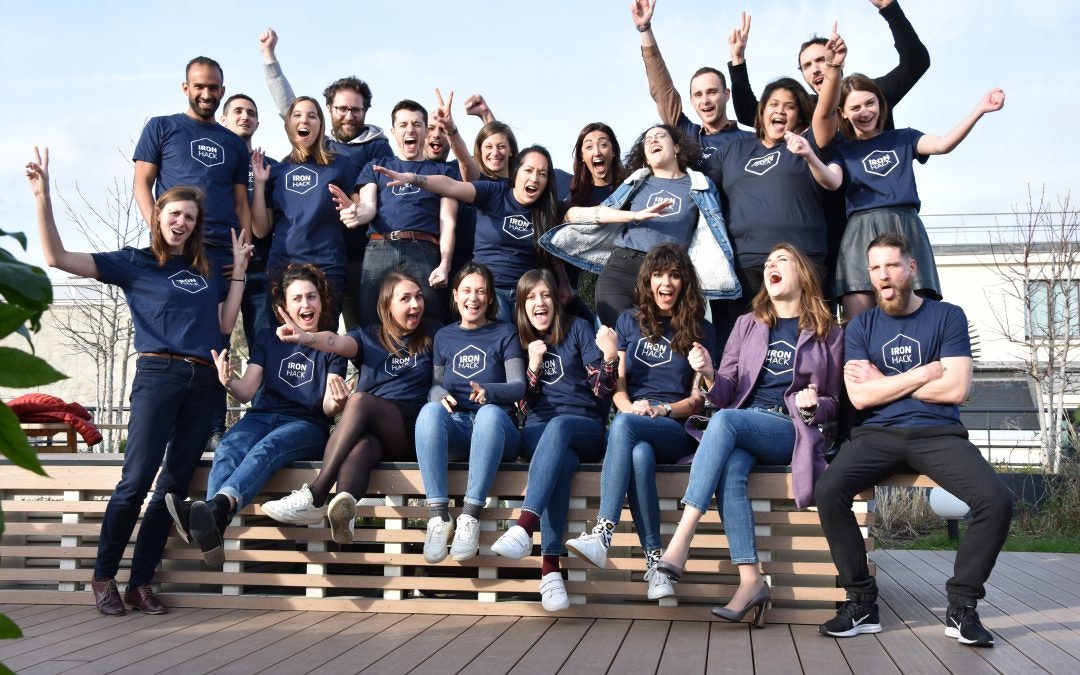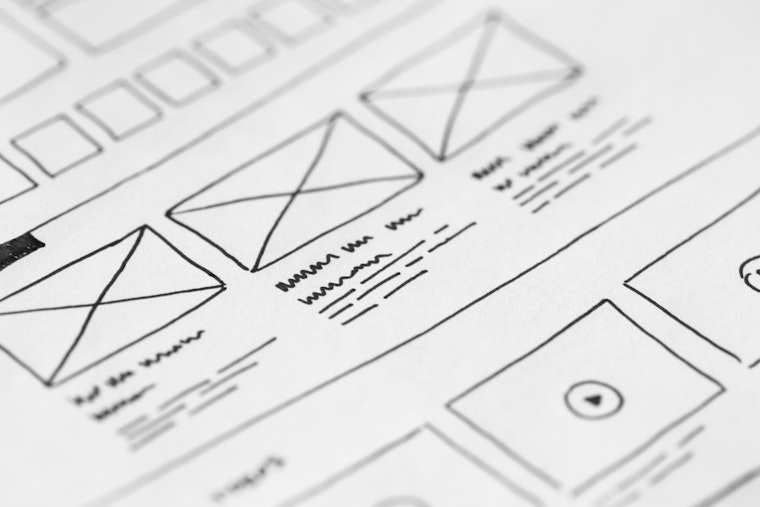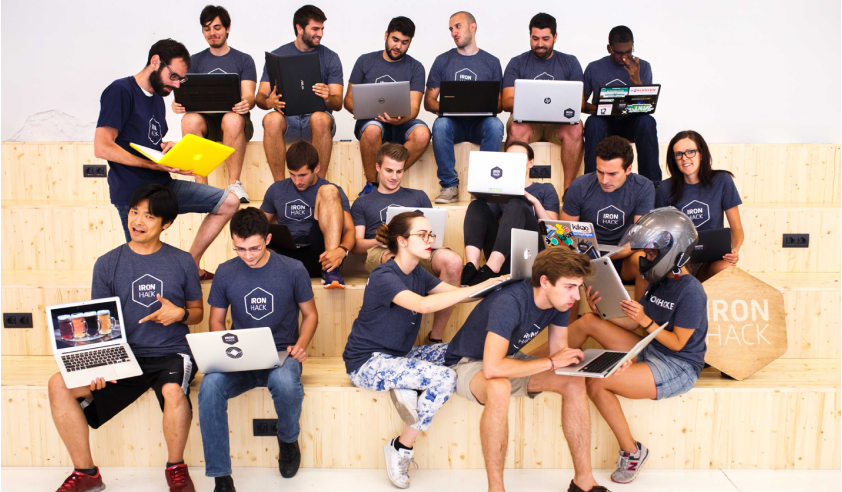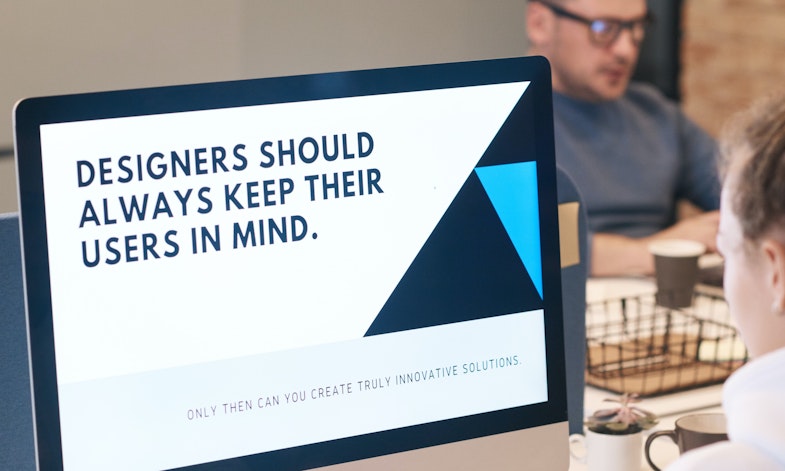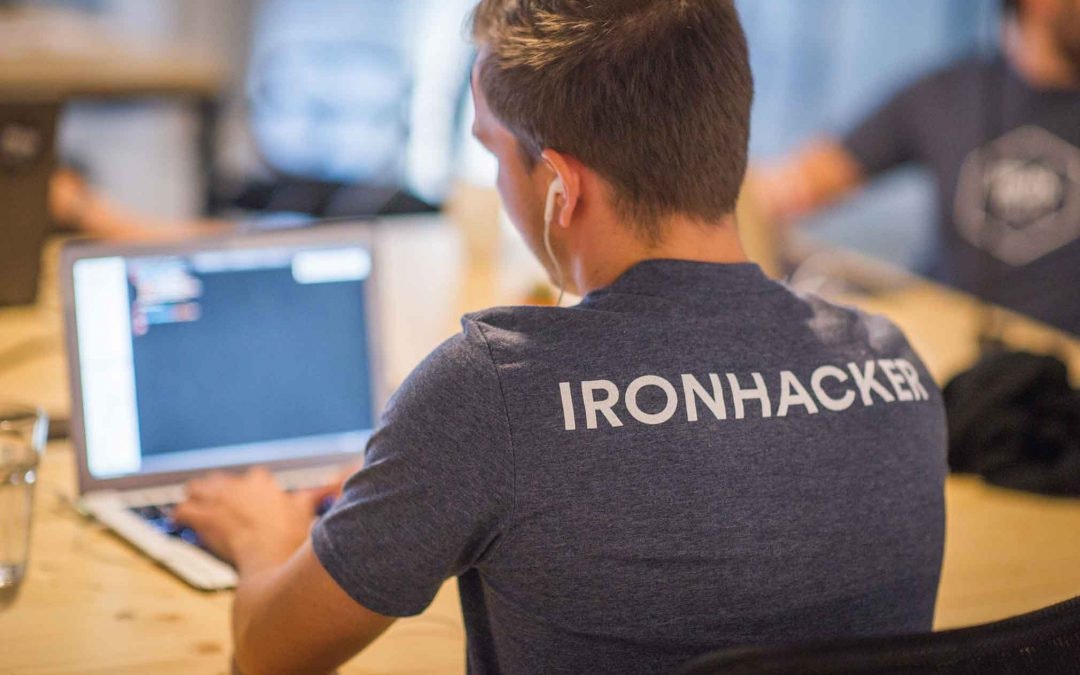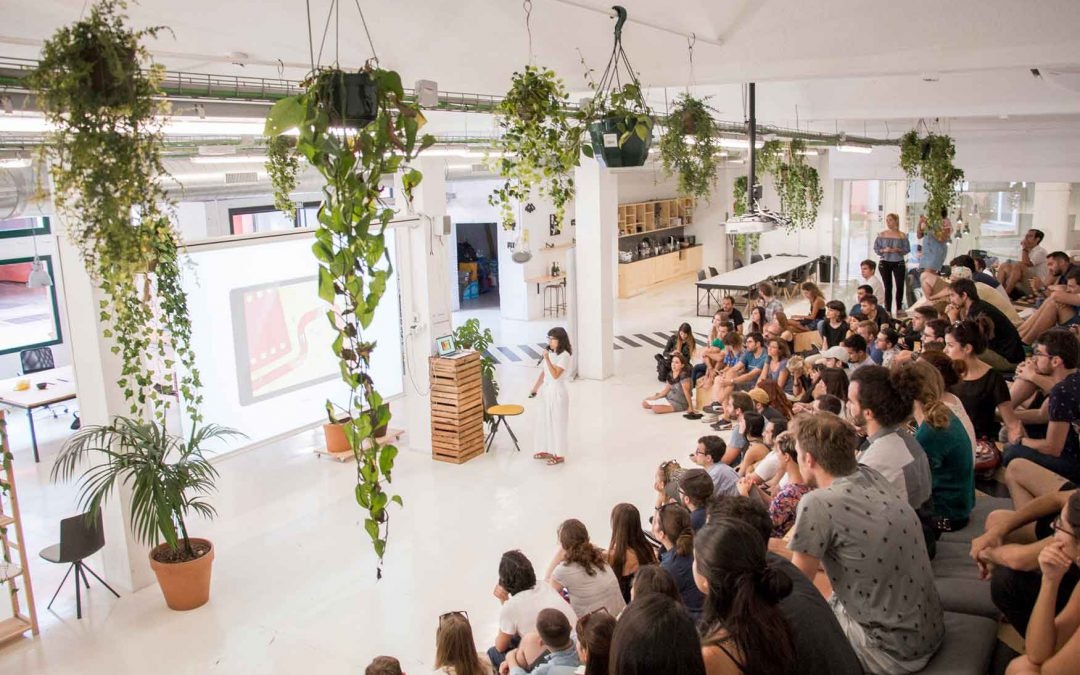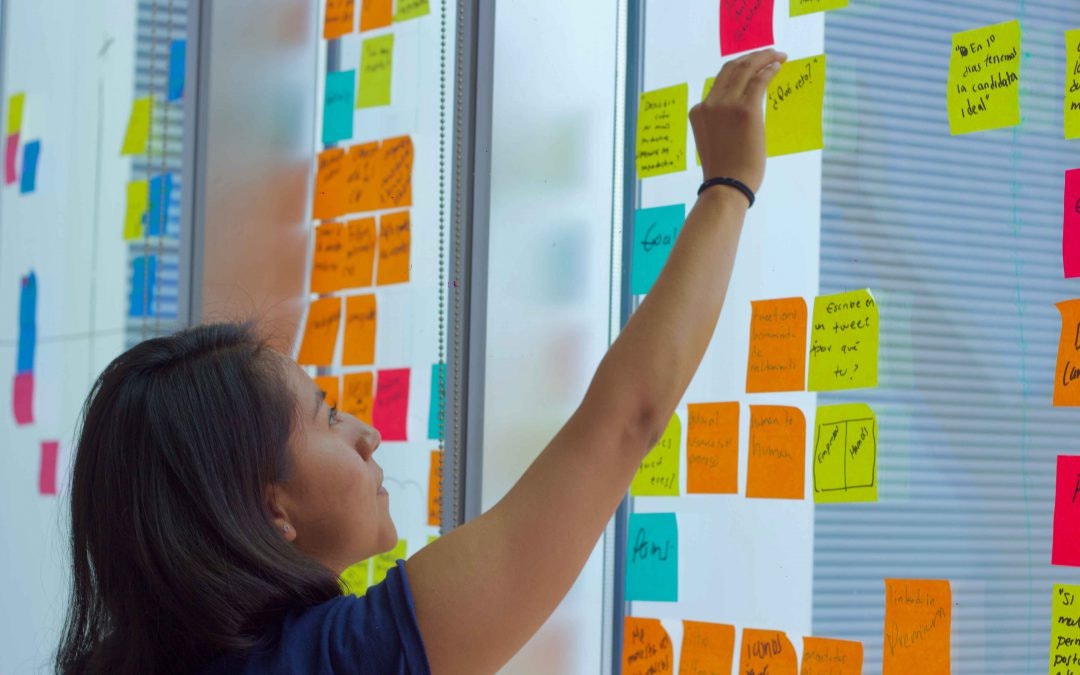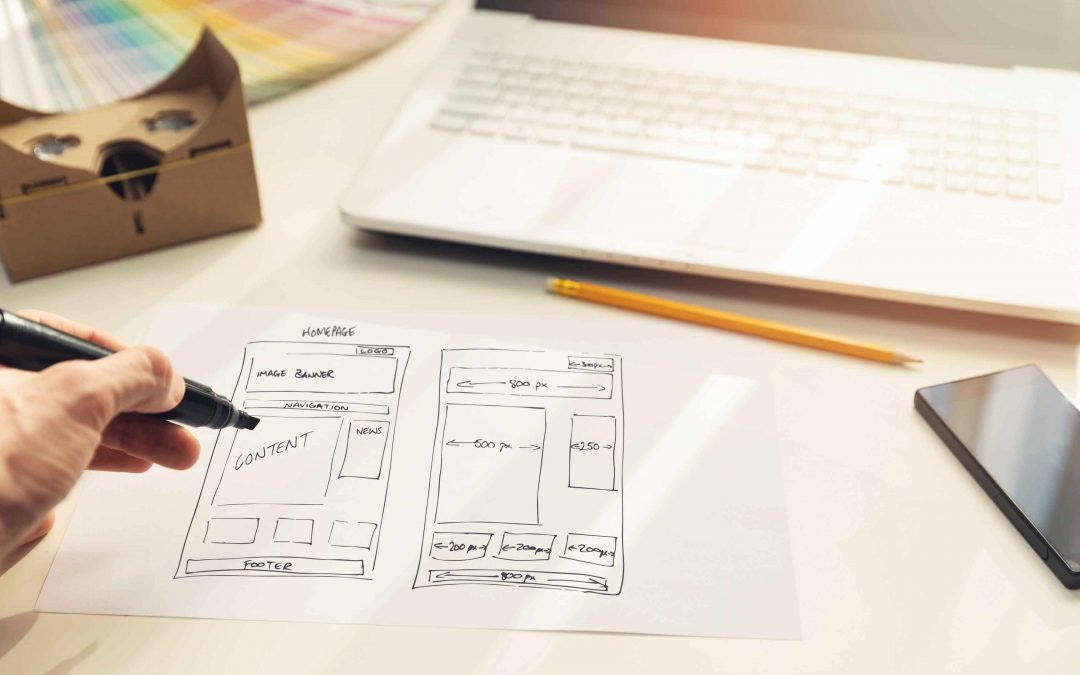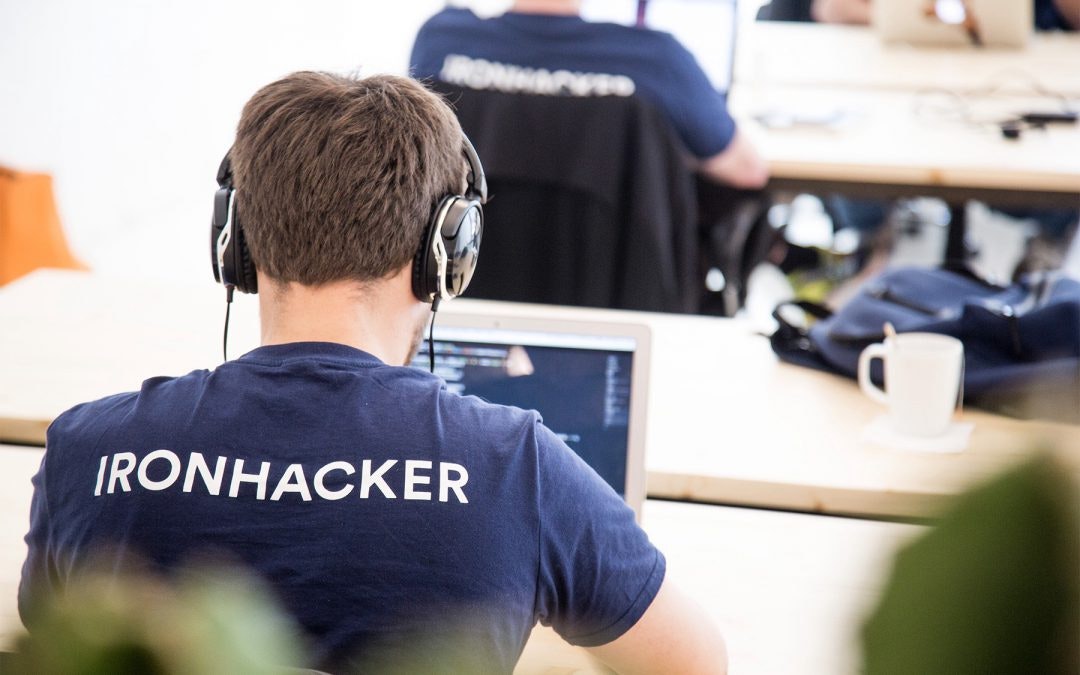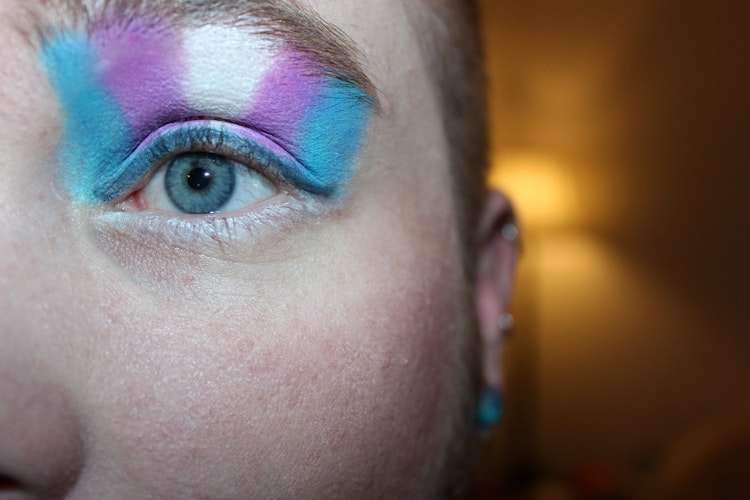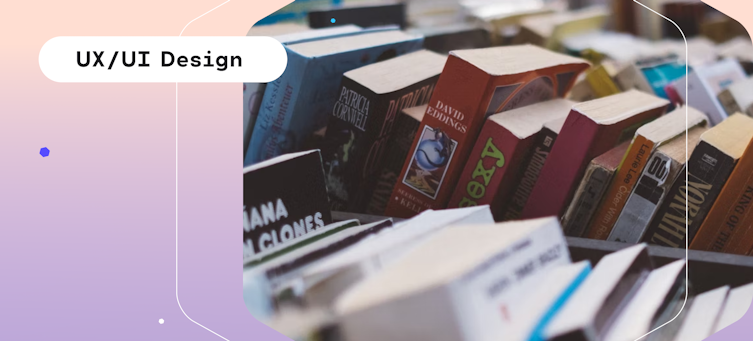
Understanding Design: What Are Design Sprints?
Design sprints are a way to tackle problems that require creative and innovative solutions. Read on to learn more about this UX methodology.
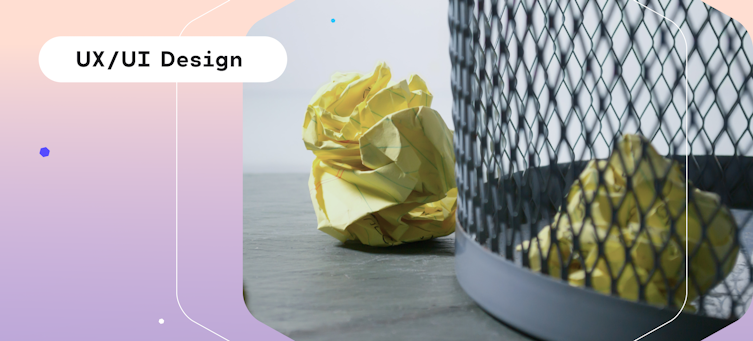
Design sprints are part and parcel of modern design workflows, which doesn’t mean it only applies to designers and ‘creative’ people (whatever that means!). They’re used in many contexts that require creative approaches to problems and innovation, and they’re a very effective way to get out of a rut and switch things around in User Experience and Product Management related areas in particular. You have to understand them if you want to work in design!
An Intro to Design Thinking
Design thinking is a customer-centered approach to creative problem-solving processes. A result of studies on creativity processes and how innovation happens, design thinking is now used in fields like technology and business to solve problems in new ways, challenging pre-established mindframes and assumptions and trying out possible solutions more freely, all within an empathetic approach that has the client or customer (the human!) in its center.
Design thinking places importance in certain purposes, such as observation and inspiration, empathy, and brainstorming and alternative ways of thinking about problems, throughout the entire process of innovation– and attempts to go deeper, questioning what the ‘real’ problem is and seeking the real, underlying issues that actually should be addressed.
Design sprints are a methodology of design thinking– which is also why the more you understand the latter, the better the former will help you get to where you want. While design sprints are often used without the full context of where it comes from, a mere list of steps to follow with no intention behind them isn’t much help in a creative process!
Benefits of Using Design Sprints
Design sprints are innovation shocks delivered in record speed: in just five days of action-focused synergy, teams go from identifying a problem to testing out solutions. The streamlined, intensive process helps focus on user needs, empathizing and identifying with the customer, and get to more precise definitions of the problem (or problems). By completely bypassing typical decision-making processes within companies, Design sprints save enormous amounts of time and money.
With its strong and thorough focus on the user, empathy gets a boost– teams actually get a chance to put themselves in the shoes of the user, changing their perspective, which might make them see things in an entirely different way. And that’s precisely the goal! Design sprints leave a lot of space for creativity and out-of-the-box thinking, followed by processes of pattern-finding and synthesis. New insights can arise from this process, giving way to a solution that wasn’t considered before… or to a whole new understanding of what the real problem is!
How to Plan a Design Sprint
Having a good understanding of design thinking and adequately preparing the design sprint before it actually happens will set you up for success. You should outline a detailed agenda for the maximum of 5 days the sprint will take, as well as ensure everyone knows the goals and deliverables of the sprint. Design sprints usually set the strategy that the project in question will follow, so, like in any Project Management brief, you should also specify the methods you will use to get to these goals, the background needed for context, the team (people later responsible for executing the product or strategy) and stake-holders specifics, and, most importantly, one single main challenge.
It’s crucial to have enough research before starting a design sprint: do you have enough data? Do you know your user? Unless the objective of the sprint is UX research in itself, make sure you have all the information you need to extract insights.
Lastly, make sure all the participants can allocate their time and be fully present, as well as completely aligned and informed on what the sprint will be about. And make space, literally and figuratively, for creativity: design sprints should have an atmosphere for free brainstorming!
Are you enjoying this article? Keep learning about UX/UI Design!
Take the first step into tech and find out more about our UX/UI Design bootcamp
Sprint Methodology
A standard design sprint has six phases, though they can be tailored to the specific needs of the objectives and the process that needs to be undertaken by the team. You can find more details about each phase in the Google Design Sprint Kit. This is how you run a design sprint:
Phase 1: Understand
In this phase, the team focuses on fully understanding the situation, the context, and the problem at hand from all perspectives (the business’, the user’s, etc.). Tools and methods like user journey mapping, user input research, and empathy exercises help the team align in their knowledge of the problem and goals.
Phase 2: Define
In this phase, the team evaluates the information acquired in the last step in order to decide the focus of their action. They define context and desired outcomes, and then goals and success metrics.
Phase 3: Sketch
The team generates ideas individually: this is the brainstorming phase. Creativity is encouraged and options and perspectives are opened up to ease this step, and then these ideas are narrowed down to a smaller set.
Phase 4: Decide
In this phase, the team enacts decision-making activities in order to pick one of the proposed solutions, finding consensus, and finalizes the action or product they want to try out.
Phase 5: Prototype
Even more decisions are taken in order to perfect a theoretical prototype to test out the proposed solution. Remember that this phase shouldn’t take a long time!
Phase 6: Validate
In the last phase, you test out the prototype and get feedback, while also gathering reviews from the stakeholders and the technical team on how feasible the real thing would be. It’s fine if the prototype doesn’t turn out to provide the solutions: now your team has insights on where to go from now!
Design Sprints in Action
Theory is great, but what do design sprints look like in the real world, and what are the actual results?
One example is the design sprint that 3M, the company that makes Post-it®, undertook along with Bontouch and Google in order to resolve customer pain points in the transition from physical note-taking to digital environments. In a matter of a couple days, they came up with and tested ideas that later turned out to be highly successful and awarded solutions.
Another case is that of LEGO, which surprisingly started running design sprints at scale (a.k.a. In large numbers!) even though design sprints are usually used for digital products and they make LEGO blocks! With the change of CEO, they decided to break the routine they were stuck in: they halted production and focused on just running massive amounts of design sprints, at all levels, turning the company and their entire workplace culture around!
You can find study cases from well-known companies that regularly use design sprints in this article, for example, or in the Design Sprint Kit from Google, a full guide with activity ideas for each phase and materials to run your own design sprints.
Ready to Work in UX/UI Design and apply Design Thinking in your daily work? Check out the Ironhack UX/UI Bootcamp and start your journey in Tech!
Join Ironhack
Ready to join?
+10,000 career changers and entrepreneurs launched their careers in the tech industry with Ironhack's bootcamps. Take a step forward and join the tech revolution!
Courses
What would you like to learn?
Location
Where would you like to study?
Related blog posts about UX/UI Design

8 Books Every UX Designer Should Read
Read more...
UX Strategy Guide: Conceptualizing And Designing New Digital Products
Read more...
UX/UI Design Basics: Learn From Anywhere!
Read more...
Building a UX Portfolio to Get Hired, With Sarah Doody | The Ironhack Podcast
Read more...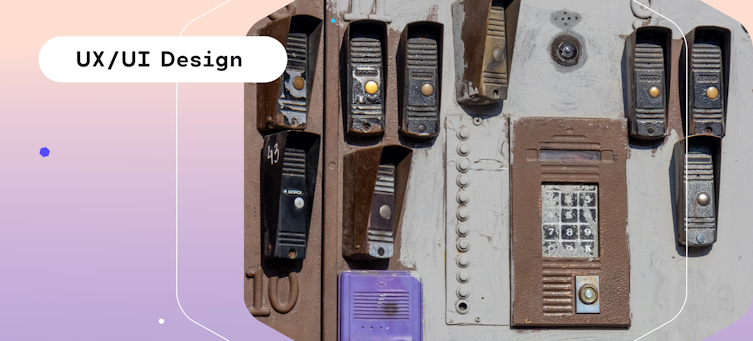
What is UX/UI Design and What Does a UX/UI Designer Do?
Read more...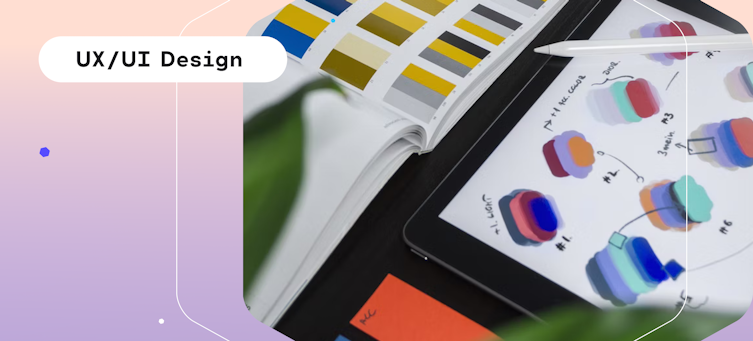
How to Create A UX/UI Designer Portfolio
Read more...
